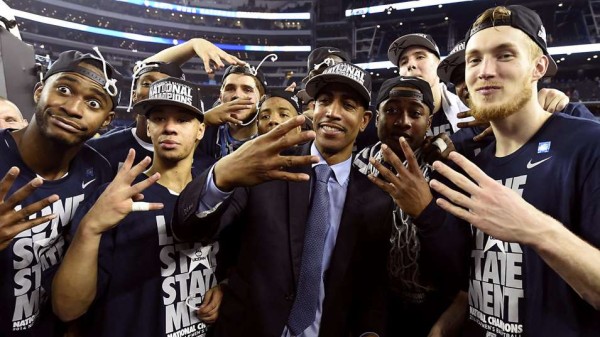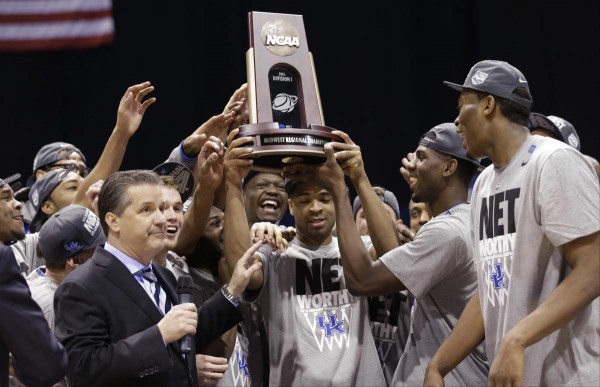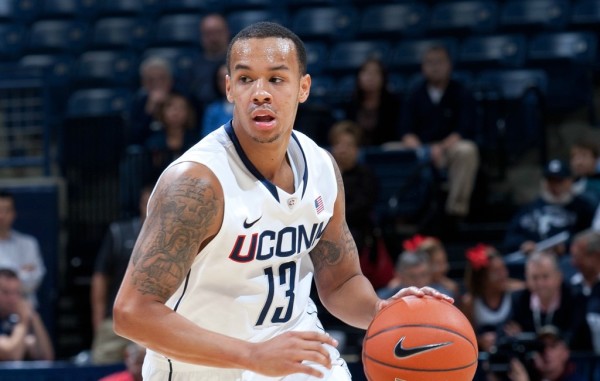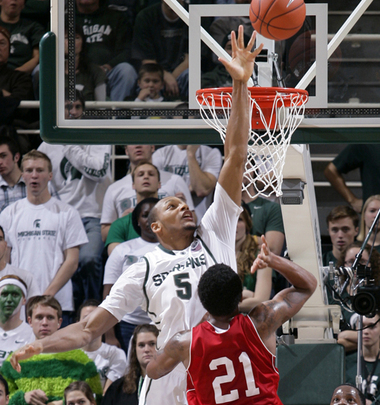Kevin Ollie at Home in a League of Journeymen
Posted by Will Tucker (@blrdswag) on April 15th, 2014Kevin Ollie has come a long way since September 2012, when he was reluctantly handed the reins to a UConn program coming off a 14-loss season, a depleted roster, and an impending postseason ban. Facing high-stakes circumstances, athletic director Warde Manuel’s confidence in Jim Calhoun’s hand-picked successor was so tentative that he handed Ollie the title of interim head coach and gave him a seven-month contract worth about $385,000. Just a year-and-a-half later, he’s bested Tom Izzo, Billy Donovan and John Calipari, taken a scarred program to heights many doubted it could ever again reach without Calhoun, set himself up as the hottest young coaching prospect since Brad Stevens, and made Drake sad. He’s making appearances at the New York Stock Exchange and getting blogged about at Forbes and Vanity Fair. A few short years after concluding his itinerant pro career, the 41-year-old Ollie might even be well-positioned to return the NBA as a coach, if he so desires. And that once-skeptical AD is prepared to do everything within his budget to convince Ollie otherwise.

The Huskies’ fourth title came in their first postseason with Ollie at the helm. (Robert Deutsch/USA TODAY)
As Jeff Eisenberg recently pointed out, UConn’s unlikely, scrappy resurgence reflects Ollie’s own journeyman ethos. Thrust into such inauspicious circumstances, some coaches would have resigned themselves to fate, thrown their hands in the air and begun assigning blame, starting with the athletic department that seemed more interested in wrangling autonomy from Calhoun than sustaining the program he built. But Ollie really was – and here I’ll apologize for belaboring the narrative – the perfect man to overcome the odds. A trusted insider whose own sweat equity had helped build the program, he quickly got his players to buy in. Over two turbulent seasons, they responded with the dogged persistence of an undrafted point guard who carved a 13-year NBA career out of annual contracts. So whatever opportunities the offseason holds for Ollie, it’s in the best interest of college basketball fans that he sticks around. His presence at the top of the profession is a breath of fresh air in a guild whose upper echelon is overwhelmingly white, exceptionally well-paid, and sometimes out of touch. It’s even better for AAC Commissioner Mike Aresco, whose conference desperately needs an elite coach in its ranks after Louisville’s Rick Pitino departs this off-season.

















































